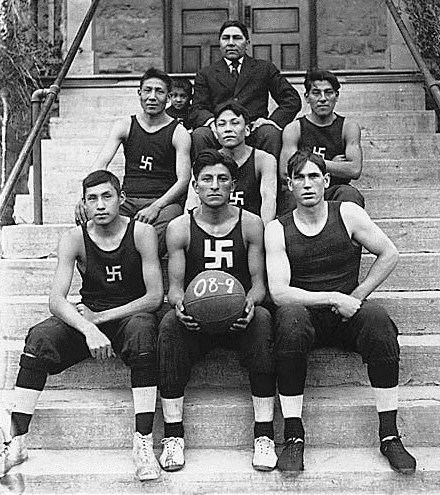
What makes something offensive? In the contemporary context, some attempt to censor (often through social media campaigns) presentations that they consider offensive, making that label particularly useful for restricting public discourse. Two stories from December highlight the complexity of labeling something offensive.
A shopper in California during the holiday season noticed that wrapping paper in the Hanukkah section of a store had swastikas incorporated into the design. Deeply troubled by this symbol that the shopper associated (for obvious reasons) with Nazism, she reported it to the manager. With the story reaching the media, the store removed the wrapping paper with the offensive design nationwide and began an investigation into how the design was created and approved. Continue reading “What Did You Mean?”

